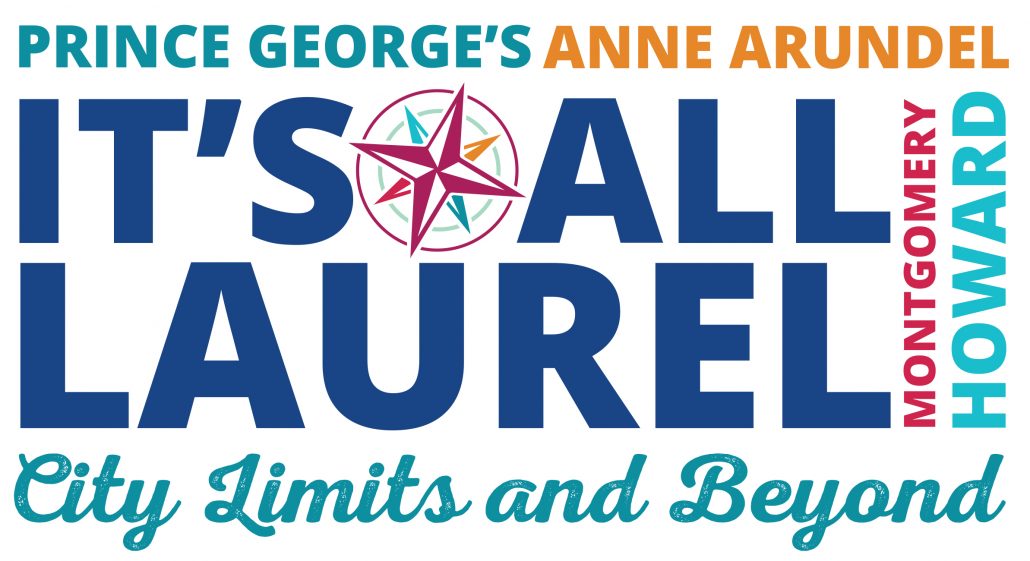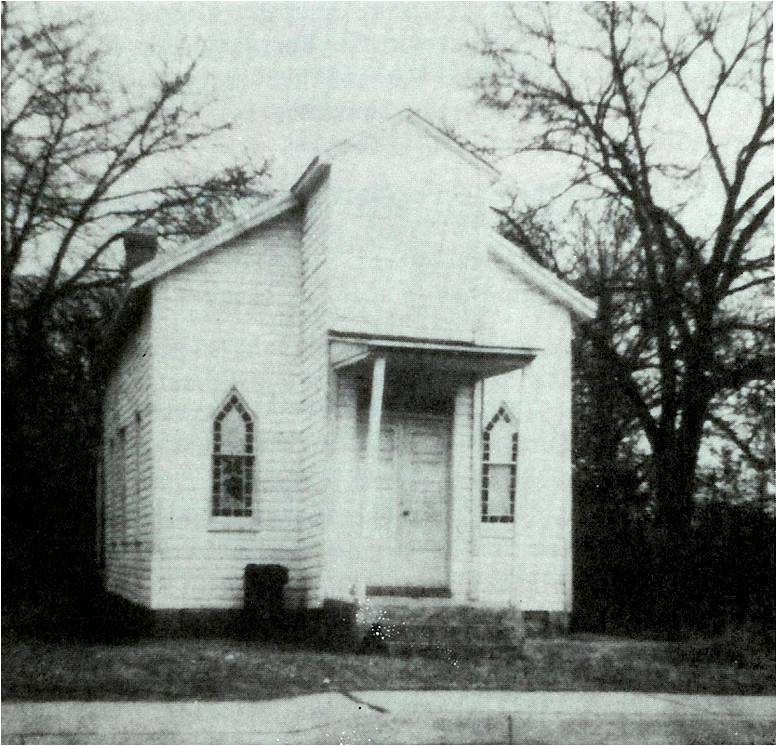By Angie Latham Kozlowski
The Laurel Historical Society’s (LHS) new museum exhibit, “It’s All Laurel: City Limits and Beyond,” which opens on Feb. 18, will explore the histories of neighborhoods and communities in the city and surrounding area. Most of the museum’s exhibits are open for 10 months; “It’s All Laurel: City Limits and Beyond” will be open for a year and a half.
While the city of Laurel is in Prince George’s County, nearby communities are in three additional counties that border the city, including Montgomery, Anne Arundel and Howard.Ann Bennett, LHS executive director, said that the exhibit aims to present these diverse neighborhoods as being “just as Laurel as people who live on Main Street,” adding that the exhibit is about “ getting people excited about the variety and diversity of what makes Laurel Laurel.”
Last year’s LHS exhibit, “What’s Cookin’ Laurel?,” offered an ideal opportunity to bring people back to LHS after the shutdowns during the pandemic, Bennett said. The retro, celebratory feel of that exhibit brought people in at a rate close to pre-pandemic levels, with attendance generally in line with what other museums of similar size were experiencing, Bennett noted.
This year’s exhibit is far-reaching in scope, and that has called for some changes. To mount the exhibit, LHS issued their first-ever call for curators from the community, volunteers who will, according to the society’s website, “help preserve and interpret the histories of our community.” Bennett said the historical society used community curators as a means of gathering information because the residents themselves can often best tell the histories of their own communities.

Courtesy of Laurel Historical Society
In addition to community curators, the project opened other new avenues for involvement, as well, with local residents contributing stories about their neighborhoods. LHS launched a broad effort to collect these stories, leaning on personal contacts, word-of-mouth and social media, and friends-of-friends outreach to connect with residents.
Jackie Jones, who is a member of the LHS board and exhibit committee, connected with a neighbor and long-term resident of their West Laurel neighborhood and came away with interesting facts about the original name of their subdivision. Jones also worked with St. Mark’s United Methodist Church historian Sandra Johnson and Karen Lubieniecki, who also sits on the LHS board and exhibit committee. Together they were able to piece together the story of three African American churches — St. Mark’s United Methodist Church and sister churches Queen’s Chapel Methodist Episcopal Church and Mt. Zion — which, in the 1800s, made up the Laurel Charge. The team was also able to reconstruct histories of communities that grew out of the Laurel Charge, including Laurel’s historic Black neighborhood, the Grove.

Courtesy of St. Mark’s United Methodist Church
Ten LHS volunteers sit on the exhibit committee, and many of them wear multiple hats. Committee members researched all of the neighborhoods featured in the exhibit, working individually and in teams. In a number of cases, volunteers uncovered historic artifacts and records, including photos and flyers, that contributed to their knowledge about neighborhoods featured in the exhibit.
Bennett hopes that the exhibit will evolve over time as LHS continues to solicit community input. Contributions from the community may be incorporated in displays and added to the society’s archives. Bennett noted that keeping the exhibit open for a full 18 months may facilitate this process.
“This particular exhibit allowed us to not only do the kinds of primary research, looking at newspapers and documents that we normally do, but allowed us to talk to people more one-on-one, who are living contemporaneous to the history being told.,” Lubieniecki said. She noted that the exhibit offers an opportunity to “introduce people to their own neighborhoods and to illustrate how the historical society and the museum can be a part of their life.”
Both Jones and Lubieniecki said that the residents they interviewed were delighted, enthusiastic and happy to share their memories and mementos. For some participants, going to the exhibit will mark the first time they will have visited the museum; a number of them weren’t even aware of the society. Jones, for one, hopes they benefit from visiting the exhibit. She said she would like the public to “enjoy our beautiful diversity that we have here in Laurel and learn a little more about each other.” She noted, too, that the exhibit offers an opportunity for people to “visit several communities, at one time.”
The exhibit will include interesting anecdotes, such as one Bennett related of a restaurant that sat half in Montgomery County and half in Prince George’s County and had to choose between them for legal designation. The owner chose the county that helped them obtain their liquor license.
The exhibit committee sought to capture the flavor of each neighborhood showcased in the exhibit. For example, the Victorian houses that sit in the Old Town neighborhood along Main and Montgomery streets were carved out of a 1,000-acre farm once owned by Horace Capron, who operated the Laurel Mill. The farm was eventually sold at auction following the death of a more recent owner, Thomas J. Talbott, according to Lubieniecki. In an advertisement of the impending sale (found on Newspapers.com), the land was described as “very valuable” and “the celebrated ‘Col. Horace Capron Farm.’“ The exhibit also explores Laurel’s growth, including annexation of the Fairlawn and Laurel Hills communities.
“It’s All Laurel: City Limits and Beyond” will be open Saturdays and Sundays, noon to 4 p.m., starting Feb. 18. LHS will be hosting companion events, potentially including a series of virtual speaker presentations and possibly walking tours of select areas.







